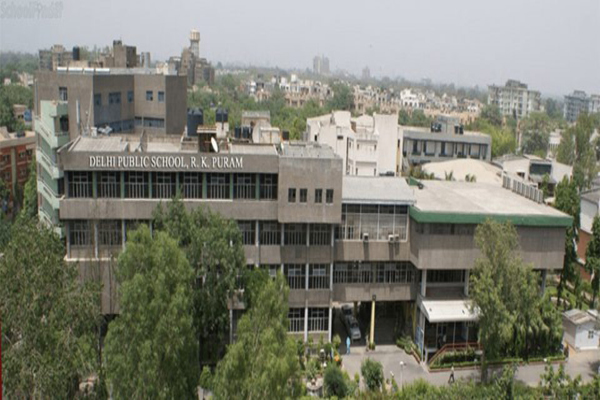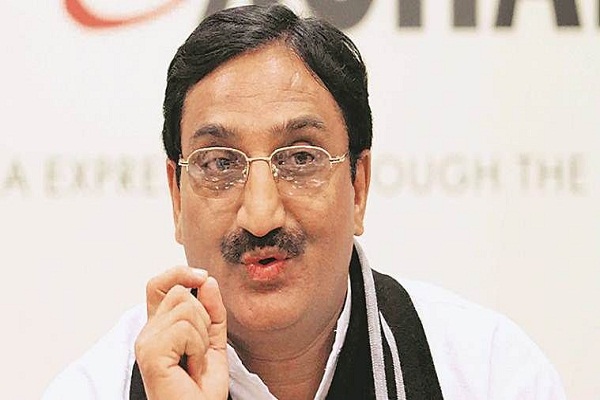 Haresh tank
Haresh tank
MD
Company Name
Station-e Info Services Pvt Ltd
Chairman
Rajesh Rajyaguru
Management Team
Paresh Joshi; Darshan Dasani
Address
Nr Veraval Mercantile Bank, Saurashtra University, Road, Rajkot
Telephone: +91- 0281-2587457
Website: station-e.com
Regional Office(s)
Mumbai, Ahmedabad, Rajkot, Jamnagar, Bhavnagar, Rajula, Keshod, Surendranagar
Contact Person for Clarification
Haresh Tank
Station-e stands out for the wide range of training programmes and options of association it offers
Station-e has the distinguished record of working in the domain of training individuals and institutions as regards Communication Proficiency, and Life & Soft Skills over a period of time. With a growing national foothold and burgeoning clientele, Station-e has been the leader in the fast developing field of training per se. To lend it a simpler expression, Station-e stands out for the wide range of training programs and options of association it proffers.Station-e has been envisaged to provide training to all the segments of society on life and soft skills and upskill the nation for the challenges of the global workplace. We have the expertise and experience in establishing centres of soft skills and language learning across the country and beyond. We wish to establish skills development centres across the institutions of higher learning and organizations pertaining to business and industry. We wish to play a vital role in bridging the skills gap and enhancing the skills for the 21st century demands and challenges for Indian education and business. We shall reach out to every student and every professional for the skills enhancement of India for its rightful place in the world.
Products and Services
Skills Development Centre, Language Labs, Digital Classroom, Teachers’ Training, LifeSkills and Soft Skills Training, Franchisee for various products
Achievements
We have trained over tens and thousands of students, professionals and business organizations in terms of life and soft skills. We have set a high quality benchmark of rendering training to educational and business organisations. Station-e has emerged as an alternative platform for learning life and soft skills. With collaborations with companies and business houses for training their personnel, Station-e has carved a niche for itself in the training arena.We believe in changing the way a certain knowledge domain functioned till now. We have done exactly that in the case of methodology for training in English. Since ages, the same old methods of training prevailed and dominated the arena of skills training. Station-e decided to make a difference, and a fundamental one. Every one of our technological tools, learning material provided by us, and activities designed are directed at one single goal-reinventing the concept of skills training.
Technology is another dimension to our Project Innovation. We belive that the smart use of technology has a magical quality. It can transform the nature and character of everything we do. It is proverbial in the case of everything else in our lives but it had remained aloof from the education environs. We invented ways to change this and bridge the divide. We evolved training programs with a vision to incorporate technological tools into the core practices of training. We have audio-visual aids in place, a Plasma TV and other gadgets which complement and supplement the whole training exercise. Each and every aspect of learning at Station-e is linked with technology and which means with, the seamless, efficient mode of functioning.Our training methodology emanates from our unmatched dedication to innovative methods for transforming skills training into a totally, completely new concept. In all, Station-e’s true accomplishment lies in conceptualizing the vision for skills training, finding ways to bridge the skills gap and emerging as the leader in skills training in the country.



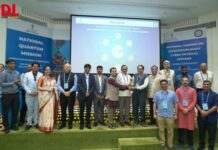
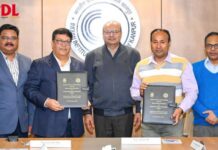


 Saurabh Sethi
Saurabh Sethi Prof S S Prasada Rao
Prof S S Prasada Rao Prof Dr. Firdos Temurasp Shroff,
Prof Dr. Firdos Temurasp Shroff,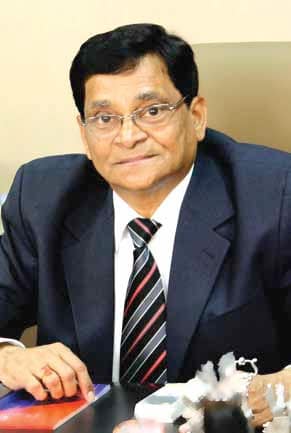 Prof V S Rao
Prof V S Rao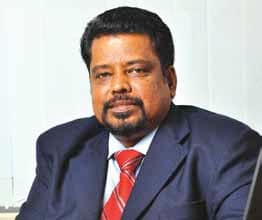
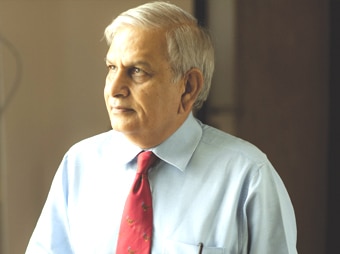
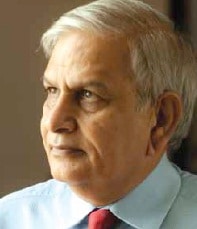 Pramod Sharma,
Pramod Sharma, Dr Hari Krishna Maram, Managing Director and CEO, Imperial Group
Dr Hari Krishna Maram, Managing Director and CEO, Imperial Group Jasvinder Singh
Jasvinder Singh









